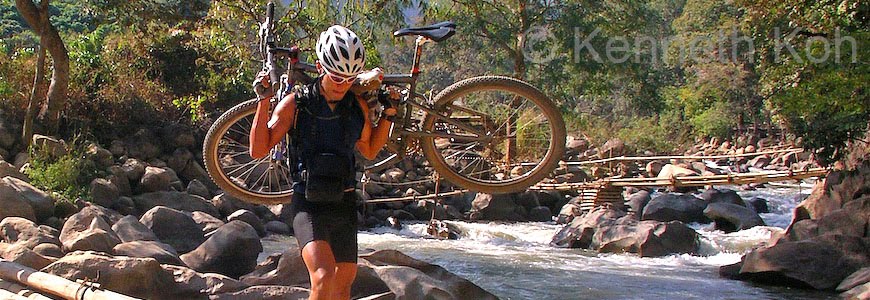These are my top 4 travel must-haves. They have multiple uses and purposes and can often replace more than one item in your travel kit. These are what I use at home and take with me everywhere I go to keep me healthy.
Silver Sol
Dr. Bronner's Castille Soaps have been around for ages. They come in a solid soap bar, or liquid in a bottle, and come in a variety of scented flavors. I buy the peppermint liquid soap and transfer it into a smaller, leak-proof, plastic bottle.
They are organic and natural and hence they are great when used outdoors (with the possible exception in bear country because of the scent in the soaps). I use it as soap, shampoo, toothpaste, laundry detergent, dishwashing liquid and deoderant. Here's the official Dr. Bronner's list of what you can do with it.
Tea Tree Oil
Silver Sol
I've gone from being a skeptic to a convert (see my original blog post here). Silver Sol is a broad spectrum antimicrobial. What that means is that is kills germs, bacteria and fungus. Think about it. That means possible protection from SARS, malaria, dengue, Hepatitis C, AIDS, influenza, diarrhea or dysentery, athlete's foot and a whole host of other fungal, viral or bacterial infections you could get (the full list is available here).
I use Silver Biotics from American Biotech. That's the liquid stuff. It's not effective if you use it topically for issues like athlete's foot. For that, you'll need Silver Sol gel , which is more concentrated and stays on your skin longer. For external problems, I just use tea tree oil, which is the 3rd item on this list.
, which is more concentrated and stays on your skin longer. For external problems, I just use tea tree oil, which is the 3rd item on this list.
Personally, I just buy the liquid Silver Sol, transfer it into a small spray bottle and keep it in my toiletry case. I put 4 squirts in my mouth (about a teaspoon) after I brush my teeth (twice a day).
Silver Sol has replaced the anti-biotics, alchohol swabs, antiseptic cream and diarrhea medication from my first aid kit.
Dr. Bronner's Peppermint SoapSilver Sol has replaced the anti-biotics, alchohol swabs, antiseptic cream and diarrhea medication from my first aid kit.
Dr. Bronner's Castille Soaps have been around for ages. They come in a solid soap bar, or liquid in a bottle, and come in a variety of scented flavors. I buy the peppermint liquid soap and transfer it into a smaller, leak-proof, plastic bottle.
They are organic and natural and hence they are great when used outdoors (with the possible exception in bear country because of the scent in the soaps). I use it as soap, shampoo, toothpaste, laundry detergent, dishwashing liquid and deoderant. Here's the official Dr. Bronner's list of what you can do with it.
Tea Tree Oil
Tea Tree Oil is an essential oils from the Australian plant Melaleuca alternifolia. It is often used for its anti-fungal and anti-septic properties. It is used externally, and should always be diluted. It should never be consumed, although small amounts used in toothpaste and mouthwash is ok. Be careful using this stuff around pets as it can be toxic to cats and small dogs.
These days, I'm biking a lot, and in the humid conditions here, I'm prone to fungal infections like athlete's foot. Tea Tree Oil can be mixed with Silver Sol for a potent anti-fungal treatment. I haven't tried this yet, but it's on my list. I mix a few drops of tea tree oil with my Dr. Bronner's soap in a small plastic bottle and use it when I shower. It's light enough that I can still use it as toothpaste if I need to.
Gloves in a Bottle
Gloves in a Bottle is not a moisturizer. It's a shielding lotion that bonds with the outer layer of your skin. Having said that, for me, it works like a moisturizer on steroids. It seals in moisture, and helps to protect minor scrapes, abrasions and burns.
I was turned on to this stuff after my Aconcagua climb, where my skin cracked and split at the nails. This was painful and made it hard to work on the mountain with my hands. On Everest, my Sherpa and I used this stuff successfully with no problems during our two month long expedition. I use it on my face, body and scalp; and it can also be used on lips as well. My wife used it in lieu of a moisturizer on her face when she biked from Lhasa to Kathmandu earlier this year. Despite the harsh, dry conditions, she said her skin never felt better!
Most of these items can also be purchased at iherb.com. Iherb is pretty good if you are shipping overseas. I'm not sure what the prices are, but it may be worth comparing. Also, if you are new to iherb, use this discount code to get $10 off you first purchase: KOH756






